The armadillo, a peculiar creature native to the Americas, has long fascinated biologists and engineers alike with its unique defensive mechanism. When threatened, some species of armadillo can curl into a nearly impenetrable ball, transforming themselves into living fortresses. This remarkable adaptation has earned them the nickname "nature’s armored vehicles," and their ability to shield themselves from predators offers valuable insights into both evolutionary biology and modern material science.
The Anatomy of a Living Fortress
At first glance, the armadillo’s armor appears to be a simple arrangement of bony plates, but a closer examination reveals a sophisticated structure. The outer shell, or carapace, is composed of osteoderms—bony deposits embedded in the skin. These plates are covered by a layer of keratin, the same material found in human fingernails, providing both flexibility and durability. The arrangement of these plates allows the armadillo to maintain mobility while still offering formidable protection.
What truly sets certain armadillo species apart is their ability to roll into a perfect sphere. The three-banded armadillo, for instance, can tuck its head, limbs, and tail inside its shell, leaving no weak points exposed. This seamless transformation is made possible by the unique hinge-like structure of its armor, which allows the plates to lock into place. Predators such as coyotes and jaguars often find themselves baffled by this defense, unable to pry the armadillo open or crush its shell.
Evolutionary Advantages of the Ball Defense
The armadillo’s spherical defense didn’t emerge by chance; it is the result of millions of years of evolutionary pressure. In environments where predators rely on speed and brute force, the ability to instantly become a hardened ball provides a significant survival advantage. Unlike other armored animals, such as turtles, which must retreat into their shells slowly, the armadillo can enact its defense in a fraction of a second.
This rapid response is crucial in the wild, where hesitation can mean death. By curling into a ball, the armadillo not only protects its vulnerable underbelly but also presents a smooth, rounded surface that is difficult for predators to grip. Some species even use their armored tails as an additional locking mechanism, ensuring that their defensive posture remains unbroken until the threat has passed.
Inspiration for Human Innovation
The armadillo’s natural armor has not gone unnoticed by scientists and engineers. Researchers studying its osteoderm structure have explored applications in body armor, flexible robotics, and even aerospace design. The combination of rigidity and flexibility in the armadillo’s shell offers a blueprint for materials that can withstand impacts without sacrificing mobility.
One notable example is the development of bio-inspired protective gear for military and industrial use. By mimicking the interlocking plates of the armadillo’s carapace, engineers have created lightweight yet highly resistant materials. Similarly, robotics experts have looked to the armadillo’s ability to roll into a ball as a model for deployable structures that can change shape on demand.
Challenges and Vulnerabilities
Despite its impressive defenses, the armadillo is not invincible. Larger predators, such as bears, have been known to break through their shells with sheer force. Additionally, human activities—particularly road traffic—pose a significant threat. When startled, some armadillos instinctively leap upward, a behavior that proves fatal when encountering vehicles. Ironically, their defensive curl, while effective against natural predators, offers little protection against the dangers of modern infrastructure.
Climate change and habitat destruction further exacerbate these vulnerabilities. As their natural environments shrink, armadillos are forced into closer contact with humans and predators, testing the limits of their evolutionary adaptations. Conservation efforts are crucial to ensuring that these unique creatures continue to thrive in the wild.
A Symbol of Resilience
The armadillo’s spherical defense is more than just a biological curiosity; it is a testament to the ingenuity of evolution. In a world where survival often hinges on the ability to adapt, the armadillo has perfected a defense that balances protection and mobility. Its armor serves as a reminder that nature often holds the solutions to challenges humans are only beginning to understand.
From the dense forests of South America to the laboratories of cutting-edge research facilities, the armadillo continues to inspire. Whether as a subject of scientific study or a symbol of resilience, this small, armored mammal proves that sometimes, the best defense is a perfect sphere.
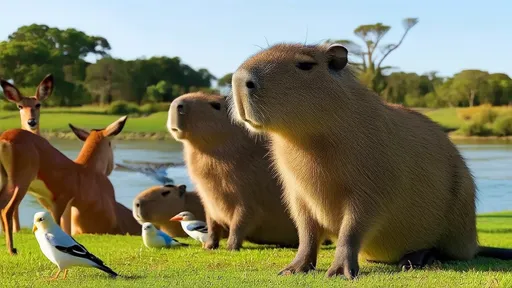
By /Jun 10, 2025
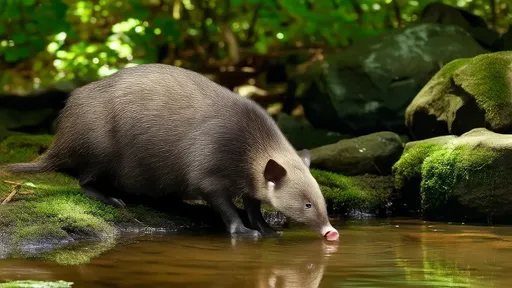
By /Jun 10, 2025
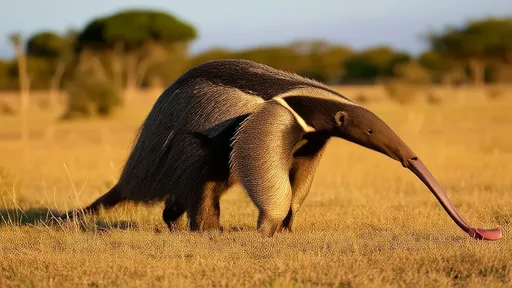
By /Jun 10, 2025
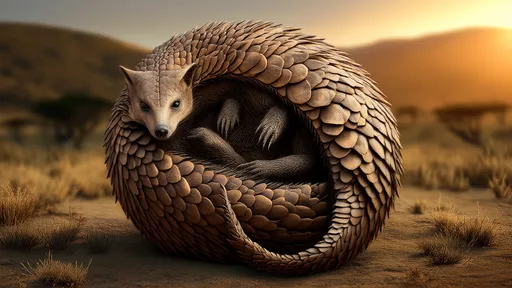
By /Jun 10, 2025
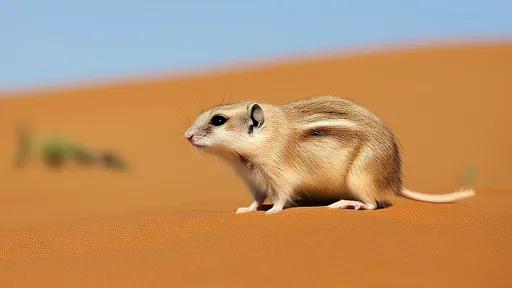
By /Jun 10, 2025

By /Jun 10, 2025

By /Jun 10, 2025

By /Jun 10, 2025

By /Jun 10, 2025
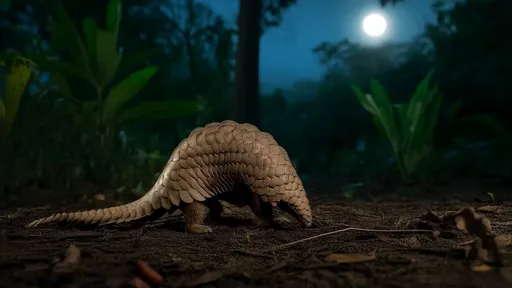
By /Jun 10, 2025
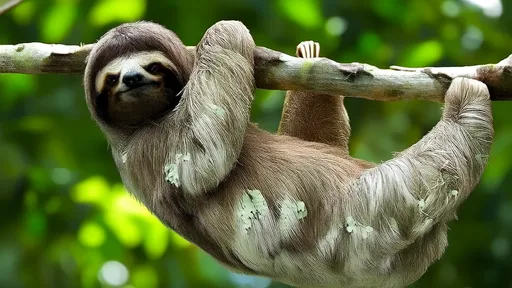
By /Jun 10, 2025
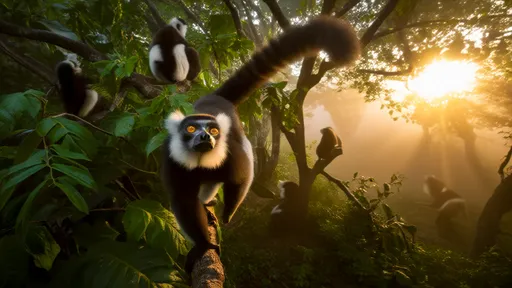
By /Jun 10, 2025

By /Jun 10, 2025
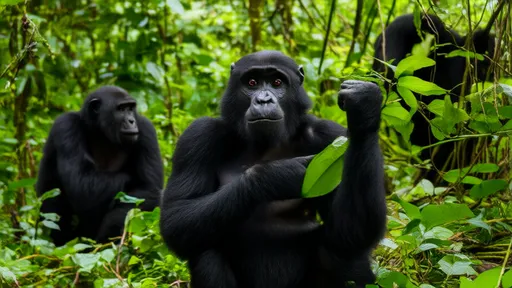
By /Jun 10, 2025

By /Jun 10, 2025
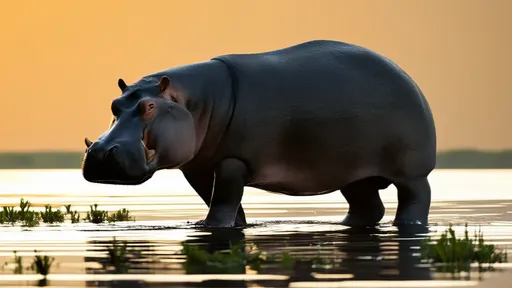
By /Jun 10, 2025
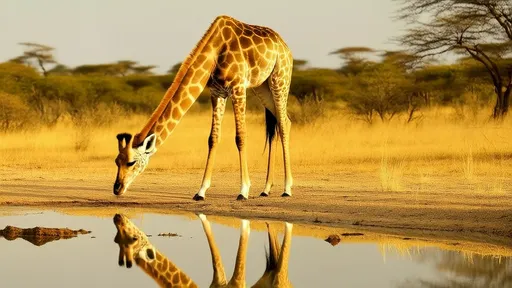
By /Jun 10, 2025